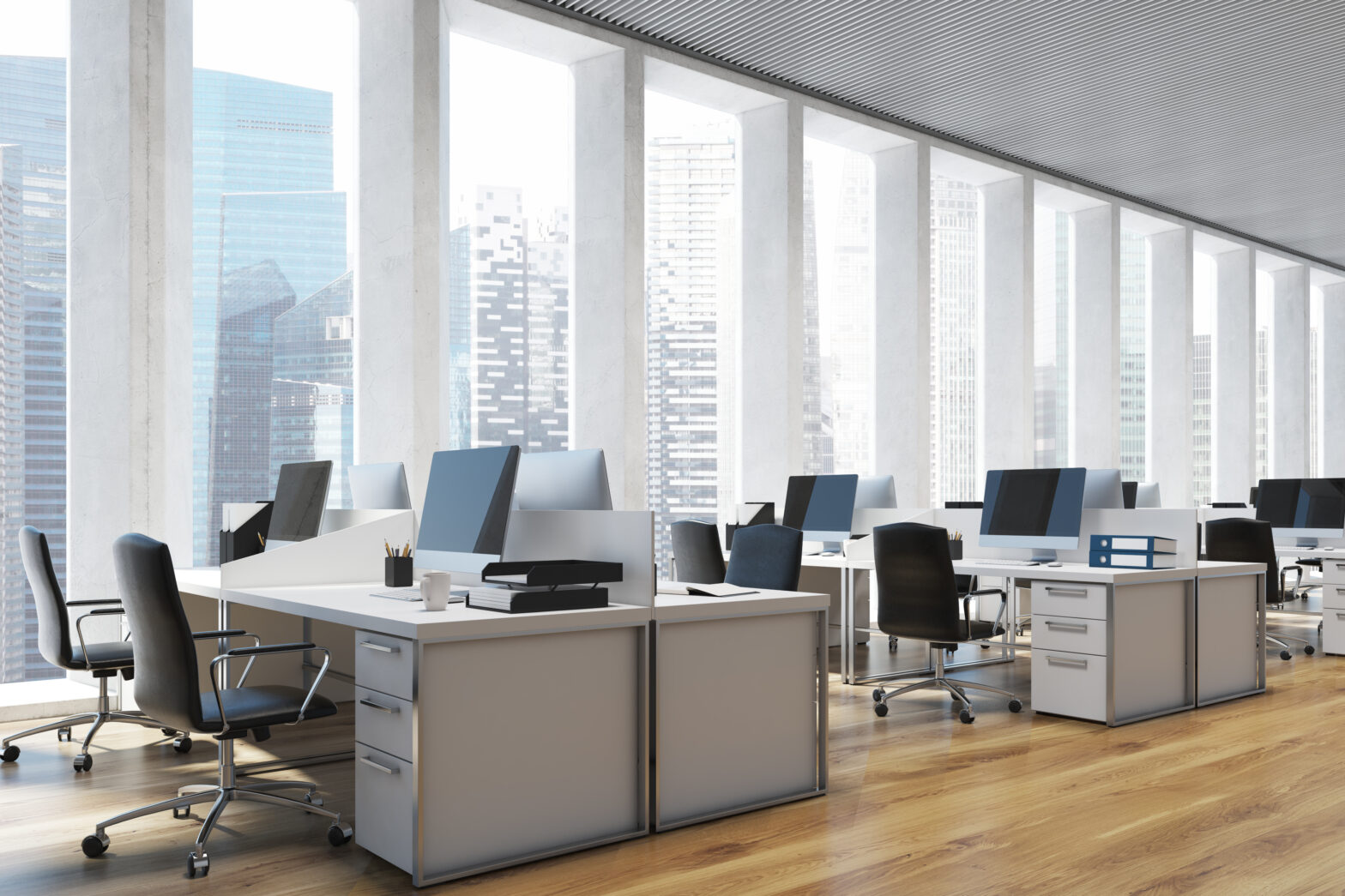According to the Health & Safety Executive, WRMSD accounted for 35% of all employment-related ill-health in the country in 2017/2018.
The majority of those injuries occurred as a result of manual lifting, so sitting relatively still at a desk all day might appear to be just about the safest job you could hope for, however, the HSE estimated, in 2016, that about 35% of all WRMSD were caused by jobs that involve nothing more strenuous than using a keyboard and associated repetitive actions (with mice, keyboards and other common office actions), and/or poor or awkward positioning of displays.
With an estimated 6.6 million working days lost due to WRMSDs, an average of 14 days lost for each case, business leaders should be wise to the fact that this WRMSD posses a great threat to employee productivity.
As such, workplace ergonomics has become a huge subject around productivity. Consulting companies specialise in helping businesses design healthy environments, there are countless books on the topic, while some universities even offer workplace health and well-being as a doctorate course. The good news is that many businesses are starting to recognise the productivity gains which came from a more comfortable workforce.
But where to start?
Setting up your seat
It’s doubtful that anyone thinks about the impact office work has on your spine, but with 14 ligaments all vital but also susceptible and prone to injury, you might want to consider ways to reduce certain stress factors.
Unfortunately for those of us who love to sit down, humans did not evolve to stay in an upright seated position for prolonged periods of time. “After 20 minutes of just sitting down, lower back ligaments can start to become over-stressed,” (McGill and Brown, 1992), so it’s important to get up and move around.
In the UK, the HSE provides guidelines for employers to follow when carrying out a desk assessment – which is a legal obligation for businesses in the UK. The top consideration for desk mounted devices revolves around managing screen height and distance. The top of the screen should ideally be at or slightly below eye level, and about two feet away from the user.
Keyboards should be in line with the elbow while a clutter-free desktop with easy access to plugs and connectors will also help avoid back issues. With so much time spent staring at a screen, avoiding glare will help your eyes stay sharper for longer.
In some circumstances, there can be little doubt that having multiple screens would boost productivity. A Wichita State University survey comparing dual set up with single screens found that dual monitors can boost productivity by up to 18%. The same survey also found that a massive 91% of users said they preferred working on dual monitor configurations.
“Dual monitor setups allow employees to display more information at one time, providing more flexibility and visual real estate for arranging active windows,” said Neil Marshall, senior director, Client Solutions, Dell EMEA. “Employees are able to simultaneously view and locate information more easily.”
He added, they can also reduce windows switching and better compare information simultaneously, reducing the effort it takes to catch and fix errors in real time. Dual monitors were also found to reduce eye strain for users.
“When setting up dual monitors, some experts recommend that the make and model should be the same and that users should attach to the appropriate dual monitor arm,” said Marshall. “The concern is that any differences between screens in a multi-screen set up are likely to be amplified as you switch views from one to the other. The potential impact is that these differences will be disconcerting and could impact productivity.”
See also: 5 ways technology can improve UK business productivity – The UK’s productivity levels are falling. But technology can provide a transformative solution
It’s not just the big-ticket items which can impact on comfort at your desk. Thankfully, some smaller tech innovations can help with your desk setup, such as wireless keyboards and mice, which offer greater user flexibility. And get to know your working practices.
For example, if you’re using a dual monitor setup, you need to work out if you’re using the two screens equally. If you are, you should have them in front of you. If you’re using one more than the other, have that one in front. Also, the more screens you use, the further back you should sit.
Looking beyond the individual desk, the whole working environment can contribute to concentration levels. For example, large open plan offices are common workplace environments and have lots of positive attributes, including encouraging interaction and cross-team work.
However, the setup can negatively impact productivity and many workers will benefit from noise cancelling features to block out distractions, join conference calls and thus improve productivity.
Ultimately organisations expect a lot from their workers, but at the core of their expectations is an understanding that employees will be productive throughout the working day. In return, organisations must ensure that they’re providing a comfortable working environment, which enables this productivity to flourish.






